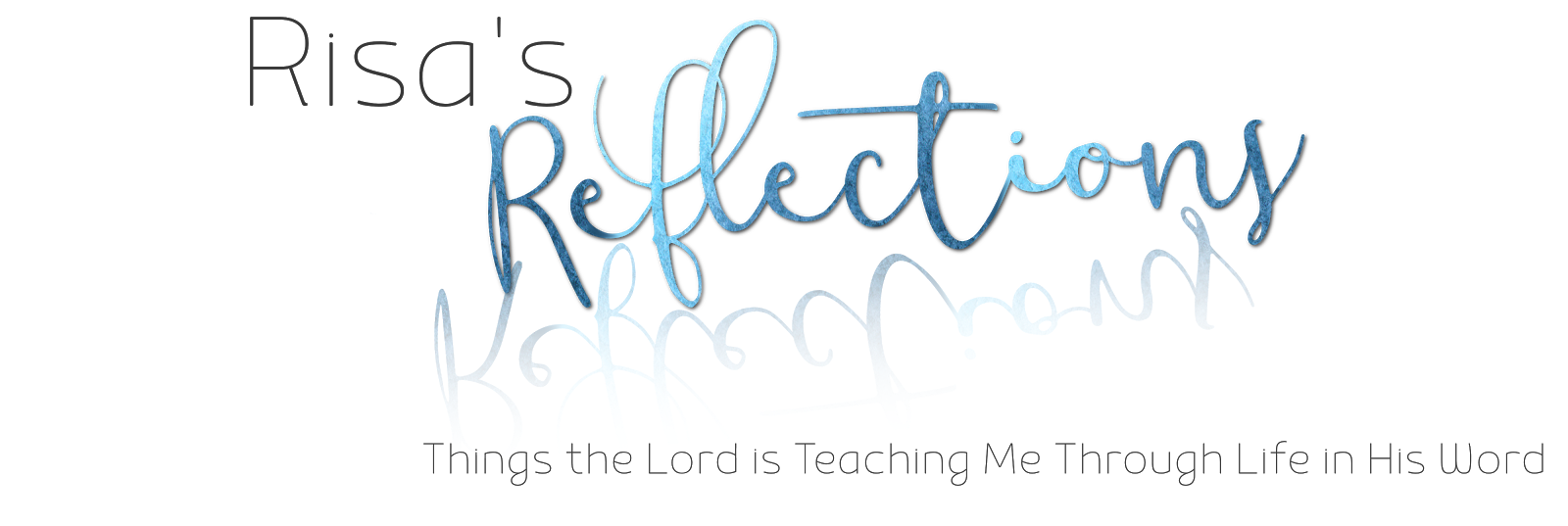Whew! I am finally on summer vacation and taking some time to reflect back upon our homeschool year. This was my first year as a homeschool reviewer for our community; I reviewed the curriculum and progress made in two different homeschooling families within our church. It was a refreshing experience as I realized in a new way that homeschools can look very different from one another, but they can all be effective, rigorous, flexible, and fun in their own unique ways!
It seems so ironic to be a homeschool reviewer, because I still feel like a newbie in
sooo many ways. Each year, it feels like I am laying track ahead of a moving train. That is probably because in some ways I am: even if I have taught that particular grade level before, I have never taught THAT specific grade to THAT specific child before, nor have I ever taught all those grade levels at the same time, or with THAT particular curriculum. While some things feel like "old hat" to me, so many other things seem new and fresh. That can be scary...and exciting!
A few years ago, we took a step away from our weekly cooperative learning group and went "rogue." (To read more about that decision, check out
this post). That choice has given us a lot of freedom to choose exactly what we've wanted to study and to learn at our own pace.
It seems pretty fitting that on freedom week--the week of Independence Day--I am relishing my FREEDOM in homeschooling my children as I select our curriculum for next year. What a blessing!
But as we all know, with freedom comes a HUGE responsibility and seemingly ENDLESS choices.
How do you make sense of it all, when you have so much curriculum and so many online services to choose from?
Well, that's what we are going to talk about today, dear friend.
Even if you don't officially "homeschool," I know that Covid has thrown so many families into a new learning situation. How do we teach our children from home in this unprecedented season of life?
It's easy to get lost in the weeds of particular curriculum choices. What I'd like to do is just start with some basics, to hopefully serve as a help and an encouragement to you, whether you are just starting out on your homeschooling journey or are a "veteran" like me.
First, to borrow the words of business leader Stephen Covey, the best place to start is with the end in mind.
So I ask myself:
What kind of students do I want to see at the end of the school year?
For me, it comes down to producing students who
care more about God and the world, because I know that if they
care, they will be self-motivated to work hard, learn more, and apply themselves to truly make a difference in the world!
Now, how do we get there?
Well, with every passing year, I become more and more comfortable with ditching the fill-in-the-blank and test-taking approaches to learning that were so ingrained in me through my own educational upbringing. While these methods help with memorizing and regurgitating facts (in the short-term), they do not nourish a children's desire to
care more about the world. So, in lieu of workbooks, we've incorporated the use of blank notebooks where the kids can journal, write, draw, record, and make their own personal connections with a subject and even
between subjects of learning material. (The only exception to that is for a skill-based subject like math, as I have yet to find a rigorous enough program that does not include doing primarily workbook pages!).
Besides writing and
drawing in notebooks, reading books is the backbone of our curriculum. Through reading fiction books, the kids and I can enter into a different world through the eyes of various characters, helping us to understand and grow in empathy about the world around us. In fact, studies show again and again that fiction writing helps to foster empathy for others. Historical fiction books are wonderful ways to engage with the challenges of the frontier or understand about the tragedies of war. We are even using more fiction science books as we learn more about sea life and birds, for example! Books don't have to be dry and boring. They can be wonderful gateways into our past and present world. (For more about how fiction books have transformed our prayer lives, check out this post,
here).
Lastly, we incorporate LOTS of conversation. (This is probably the area where traditional school lags behind the most). We get to talk about what we are seeing on a nature walk, experiencing through a book, or while we watch a documentary together. Lots of our discussions happen over a lively board game or over a plate of delicious food. In fact, for some areas of learning, I intentionally pair them with food, like "poetry teatime" or cultural food with history and geography.
In short, these are the ways we grow in empathy and make a personal relationship with the subjects we are learning: through notebooking, reading, and discussing things together.
With Covid and the possibility of hybrid schooling and e-learning in the fall, I hope today's post may help and encourage many of you.
It doesn't have to be complicated!
Notebooking.
Reading.
Discussing.
And just see where it takes you!











